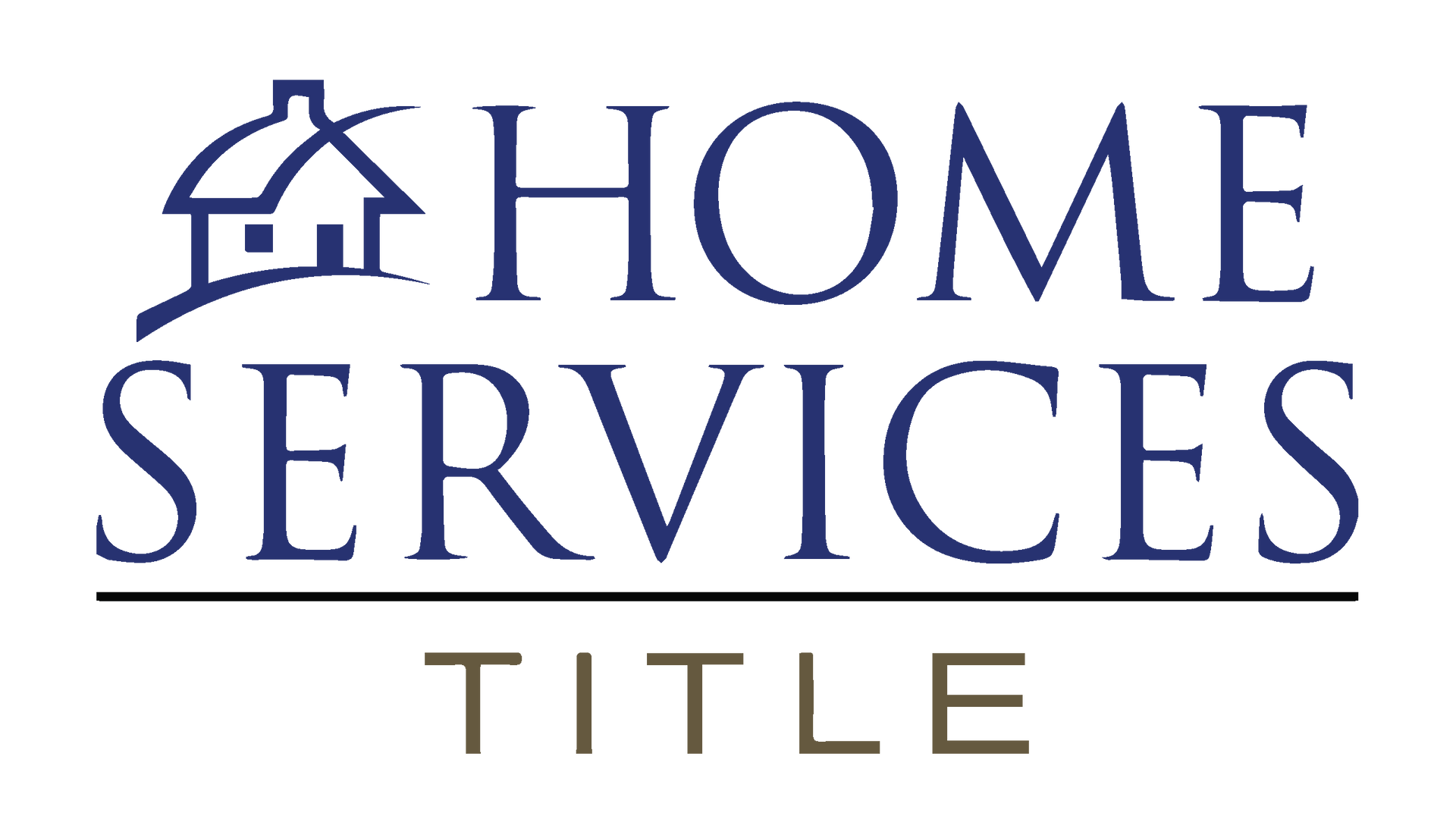TAX PRORATION
The Long and the Short of it...Tax Proration.
It's tax time again ... and even the most experienced Realtors, Sellers and Buyers still have questions about tax proration; long vs. short. We hope to answer many of those questions for you.
The best place to begin is the purchase contract, where the concept of prorating taxes is introduced to the parties. As part of the many considerations exchanged between the buyer and seller in the purchase contract, the real estate taxes, both past and future, are required to be adjusted between the parties in a very specific manner.
The CABR/DABR contract, dated October 2021, paragraph No. 20 / Line 357 reads:
Tax Bills in Ohio are billed a full year in arrears. Buyer shall be responsible for any and all property tax bills that come due and payable in the next semi-annual period that begins after the date of closing, including bills that relate to a period of ownership prior to Buyer's purchase.
At closing, Seller shall pay or credit on the purchase price:
(a) all real estate taxes and assessments, including but not limited to penalties and interest, which became due and payable prior to and in the semi-annual period in which the Closing occurs.
This is the first of 3 specific items required to be adjusted between the parties. As stated, it means that as of the day of closing, any delinquent real estate taxes are to be paid by the seller or credited by the seller against the purchase price. These amounts are to include any penalties and interest due on these unpaid balances.
To continue with the contract, lets address the second required item: (b) a pro rata share, calculated as of the closing date in the manner set forth below, of the taxes and assessments becoming due and payable after the closing...
The part of the contract that defines the "manner" in which these future taxes are to be dealt with begins on line 372 of the CABR/DABR contract. First you will find an explanation of the “Long Proration Method”. If you want long proration, do nothing else.
It is important to note the preprint states if the property is new construction, long proration shall apply.
On line 374, there is a box to check if you want the “Short Proration Method”. In fact, the contract specifically states in capital letters: ONLY CHECK THIS BOX IF THE SHORT PRORATION METHOD IS USED. The contract goes on to state the Seller's share shall be calculated as of the date of Closing, based upon the amount of the annual taxes (as determined by the most recently assessed tax amounts) to establish a daily rate of taxes and then multiplying the daily rate by the number of days from the first day of the current, semi-annual tax period to the date of Closing. If checked, the Short Proration Method shall be applicable and shall supersede the provision to use the Long Proration Method.
Continuing with a look at the "manner":
Beginning dates for tax periods are July 1 or January 1 and are used to establish a beginning date for the proration. Short tax proration has just been defined as taking the most current annual real estate taxes and assessments and dividing that amount by 365 days to acquire a daily rate of taxes. Multiply that daily rate by the number of days between the immediately preceding tax installment date (July 1 or January 1) and the date of closing. For example, a transaction closing February 15th would use January 1st as the beginning date for the proration. A sample calculation follows: Semi- annual tax is $1000 X 2= Annual tax of $2000 divided by 365 = $5.479 (daily rate) X 45 days (number of days from January 1 to the day of closing) = $246.55. Helpful hint - Buyer always pays the
day of closing.
To keep it easy, think of “Long Tax proration” as the same short method mentioned above, PLUS AN ADDITIONAL SIX MONTHS. The seller pays the taxes which are a lien for the year of the closing. All tax bills due in the current year represent the annual taxes for the previous year. The long tax proration method requires the seller to credit a prorated amount based upon all tax bills due (or which will come due) in the year the closing is taking place. So, using the same example as above, the credit received by the Buyer from the seller would now total $1,246.55 (that is, six months of taxes and assessments @ $1000 per half, PLUS the 45 days totaling $246.55).
Finally, the third and last of the required adjustments under paragraph 20. For this, we have to move
back up a few lines to Line 363 and pick up on subparagraph (c). (C) At closing, Seller shall pay or credit on the purchase price ... (c) the amount of any agricultural tax savings accrued as of the closing date which would be subject to recoupment if the property were converted to a non-agricultural use (whether or not such conversion actually occurs), unless Buyer has indicated that Buyer is acquiring the real estate for agricultural purposes. If checked, Buyer hereby states that Buyer will use Real Estate for agricultural purposes and expressly waives Sellers payment to Buyer of the estimated agricultural tax savings subject to CAUV recoupment. It is important to know Current Agricultural Use Valuation = CAUV and Agricultural
Use is defined as:
1) Properties of 10 acres or more used for commercial agricultural purposes, OR
2) Properties less than 10 acres that can provide evidence of a minimum of $2500 annual income as a
result of commercial agricultural use.
If it is the intention of the Buyer to use the property as a residence, yet maintain the current
agricultural use of the property, then the box in paragraph 20, line 366 should be checked.
Assessments, if billed in a single annual installment, will always be prorated using the long
proration method.
Paragraph 21 goes on to clarify additional prorations...for homeowners association dues, rents, security deposits, and more. It is also important to understand the newly added portion of this paragraph relating to possible future proration of taxes after closing for newly constructed properties.
Whenever the concept of short tax proration crosses county lines or gets into areas with certain customs, or if you are dealing with an out of town Buyer, detailed explanations are expected of you. If you have any 'taxing' questions, please feel free to call your favorite Home Services Title representative for the answer, and always remember to insert HOME SERVICES TITLE, LLC on line 401 in paragraph 221!










